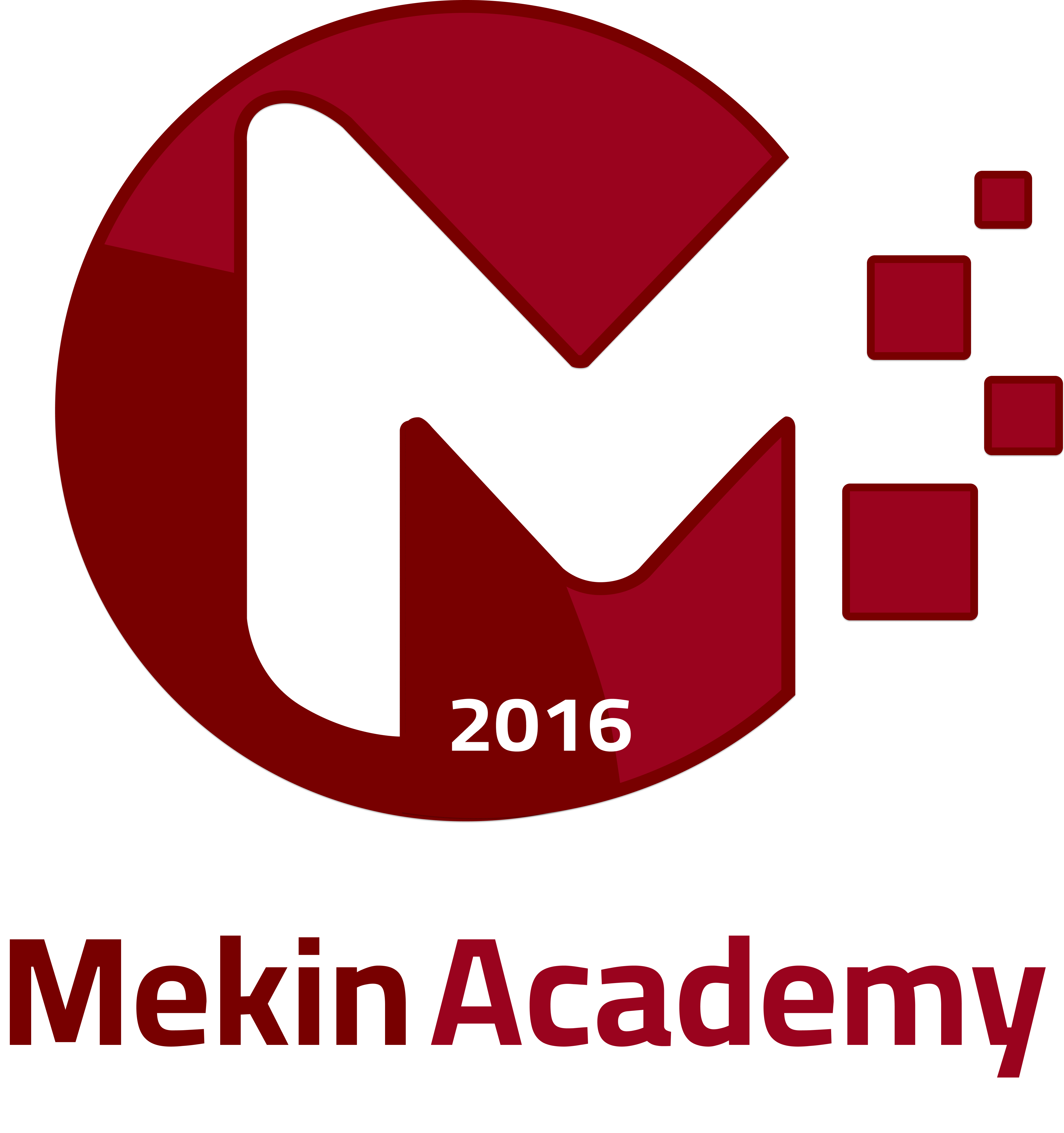CONFERENCE DESCRIPTION
Today the world has become a small village; Because of the rapid progress produced by the revolution in technology and communication, there is no doubt that societies will have a strong desire; To achieve the best performance of community service, it requires scientific research of a special nature, that poses problems and provides solutions. All countries seek to achieve their development goals and to provide the best services at all levels by creating a partnership of a special type in which efforts are combined to achieve these goals.
Universities and research institutions play an important role in promoting that development. Because universities, educational and research institutions are the engines of the development in the modern era. Scientific research has a major role in the system of development and community service, and this is the way for any country to seek progress and advancement and this requires clear planning and a good vision.
CONFERENCE AXES
The conference axes meet the Aims of Sustainable development in light of modern technology, So The Conference included (13) major axes distributed between disciplines, Sciences and Human and Scientific knowledge in order to expand the scope of productive and effective participation, as follows:
❑ Humanities and Literature Axis (Sociology, History, Geography, Philosophy, Religions and Islamic Sciences)
❑ languages, literature and Translation Axis (Arabic, English, Turkish, French, German, Spanish, Russian, Italian and translation)
❑ Educational and psychological sciences Axis (education, psychology, and teaching methods) .
❑ Administration and economics Axis (Administration, Economics, Financial And Banking Sciences, Accounting, Marketing and Statistics) .
❑ Media Axis (Radio, Television, Press, Public Relations and Digital Media).
❑ Archeology and tourism Axis (Antiquities, Civilization, Tourism, Tourist Guidance and Hotel Studies.
❑ Law and political science Axis (Public Law, Private Law, Politics and International Studies( .
❑ Physical education and sports sciences Axis (Theoretical Sports Sciences, Individual games and Team games).
❑ Arts axis (Art Education, Audio-Visual, Fine arts, Theater, and Musical Education).
❑ Libraries , information and knowledge Axis (libraries, Information Sources, Information services, Documentation, knowledge Management and Information Networks).
❑ Technology and Engineering Sciences Axis (Computer Science, Information Technology, Civil Engineering, Electrical Engineering, Mechanical Engineering, Architectural Engineering, Chemical Engineering, Petroleum Engineering and Water Resources Engineering).
❑ Pure sciences, agricultural and forestry sciences Axis (Biology, physics, Chemistry, Mathematics, Forestry, livestock, Plant protection, Soil science, Agricultural machinery and equipment, Food Science, and Field Crop sciences).
❑ Health sciences axis (Health sciences, Pathology, and Radiology).

